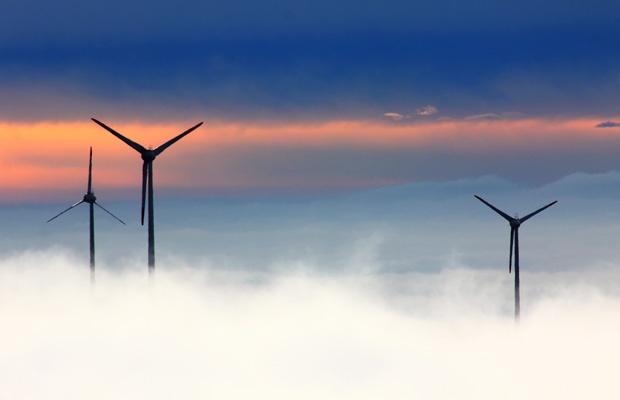Choose the Drivetrain That Provides Optimal Life, Increased Revenue & Capacity Output
Wind turbine developers and owner/operators are rushing to begin construction on their wind projects before the December 31, 2016 PTC deadline.
After December, the PTC tax credit begins to phase down, reducing the tax credit amount by 20% each year over the next three years, so wind farm developers and owners in the United States are in a mad dash to get their construction plans underway.
Currently, there are approximately 18,000 MW of new wind capacity under construction in various stages, according to the American Wind Energy Association. However, many wind-power producers that have existing sites are using the PTC tax credit to renovate their aging wind turbines. An article in the Wall Street Journal quoted Michael Bernier, senior manager of tax credits and incentives at EY, as estimating 15% of the U.S. installed base are candidates for repowering.
Repowering in the U.S. takes an existing turbine and installs a new drivetrain and rotor to increase MW capacity. The turbines are already connected to the transmission lines, have received zoning approvals and have a history of operation that can be used to mitigate down time and prevent unplanned maintenance events.
Owners/operators have more control over which gearbox and criticals components are used in the repowered machine, because they know the wind profiles at the site. It’s important that when purchasing the new drivetrain and rotor that operators ask for the bill of materials from the manufacturer. When they do this, digital models can be created of their newly repowered machines to simulate the loading and site conditions, and then receive prognostic data on how long those renovated machines will last and if the components being used will put the operator at risk for unplanned outages and corrective maintenance events.
Sentient Science is hosting a free one-hour webinar on December 7 at 1 p.m. on repowering. The webinar will cover supplier comparisons; how to keep wind turbines that have planned repowering construction operational and producing revenue; and finally, how Sentient provides a series of actions to take to keep the newly repowered machines healthy and out of opertional failure.
